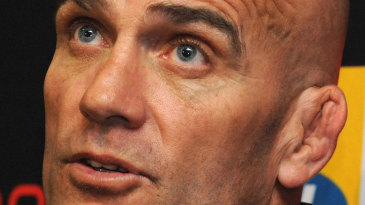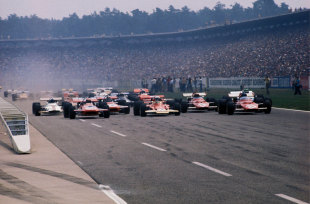
Silverstone's parking problems could be neatly solved by the government building a motorway across the main entrance. That's not as daft as it may seem. Take Hockenheim as an example.
Originally, the German circuit was a straightforward charge up and down two straights running from the edge of the small town, into a woodland and back again. Hockenheim lies to the south of Mannheim and the post-World War II growth of industry in the region led to the construction of autobahns, one of which, joining Mannheim and Heilbronn, cut across the Hockenheim circuit. Cue lawyers and talk of compensation.
The Hockenheim-Ring company spent no less than £1 million (this was in the early 1960s!) on modernising and reshaping the track thanks to a major contribution from the Autobahn Department. Apart from getting a massive concrete stadium and pit/paddock complex, the revised Hockenheim-Ring had the benefit of instant access to a motorway network that allowed the venue to draw on spectators from Frankfurt, Stuttgart, Karlsruhe and Mainz - and dispatch them with comparative ease at the end of the day.
I had never heard of the place until the afternoon of April 7, 1968. A phone call from a mate (a member of the notorious Silverstone camping expedition mentioned two weeks ago), brought the unbelievable news that Jim Clark had been killed in a Formula 2 race at some race track called Hockenheim.
None of this made sense. Clark? Dead? Impossible. The man was so good, so cool, he was indestructible. He was supposed to be racing in the BOAC 500 world championship sports car race at Brands Hatch. What the hell was he doing at Hockenheim? And, in any case, where was this poxy place?
We were to find out soon enough. Niki Lauda's near-fatal crash at the Nürburgring in 1976 confirmed that the Nordschleife was unmanageable from a safety point of view. Hockenheim was ready and willing to act as a permanent substitute following the successful staging of the German Grand Prix in 1970.
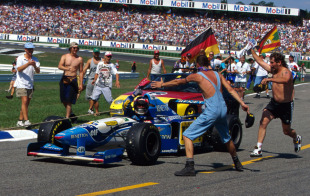
Spectators were excluded from the long loop through the woods but they were packed into the splendid stadium. As a result, the cars would disappear, the drivers pedal-to-the-metal in a world of their own before hammering down the long return straight and igniting an explosion of sound as they burst into the stadium in front of an excitable and Pilsner-fuelled packed house.
By the time the race returned for the immediate future in 1977, two chicanes had been added, one on each of the main straights. At the time, this did little for the circuit's standing and Hockenheim's reputation was to take another battering in 1980 when the hugely likeable Patrick Depailler was killed during a test session.
A failure on the Frenchman's Alfa Romeo as he tackled the Ostkurve - a very fast right-hander linking the two straights at the top of the circuit - was compounded by catch-fencing, which might have saved him, being rolled up behind the guardrail, waiting to be installed in time for the Grand Prix a few weeks later.
The answer, as always, was to add a chicane that was even worse than the two already in place on the straights. The only corner worthy of the name had been lost. What a terribly dull circuit this was.
And yet... It's funny how perceptions change along with so-called progress and revised values. The advent of FIA-standard Tilke tracks in the past two decades gradually began to make Hockenheim seem special. Certainly, different.
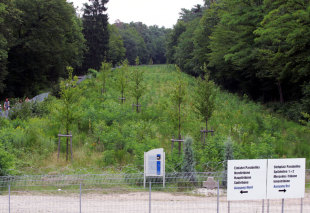
Worse than that, the new format no longer makes the unique technical demands required by the former 4.2-mile blast into the woods. The all-important criteria of straight-line speed on the former circuit meant minimum drag; great for performance on the run to the Ostkurve and back - and wonderful for spectators in the stadium as the drivers worked hard to deal with cars sliding and moving around thanks to the absence of downforce. Throw in a damp or wet track and you had some pretty spectacular scenes.
The former straights have been dug up and grassed over. It will not be long before they disappear completely as the trees and shrubs reassert their authority. The very spot where one of the world's greatest drivers lost his life will also be, not so much lost, but eased over as nature takes its course.
Maurice Hamilton writes for ESPN F1 in the build-up to each Grand Prix.
© ESPN Sports Media Ltd.
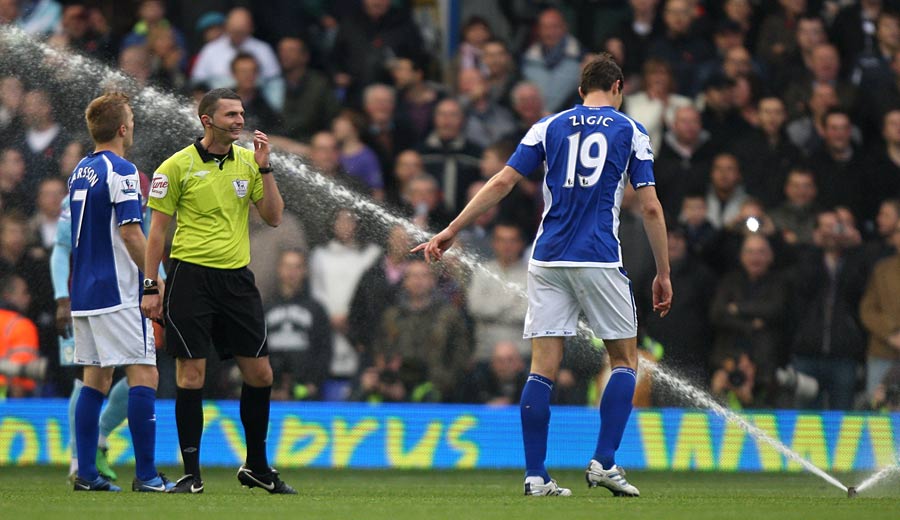 Maurice Hamilton writes for ESPN F1. A veteran journalist in the paddock, Maurice Hamilton has been part of the Formula One scene since 1977 and was the Observer's motor racing correspondent for 20 years. He has written several books as well as commentating on Formula One for BBC Radio 5 Live
Maurice Hamilton writes for ESPN F1. A veteran journalist in the paddock, Maurice Hamilton has been part of the Formula One scene since 1977 and was the Observer's motor racing correspondent for 20 years. He has written several books as well as commentating on Formula One for BBC Radio 5 Live

